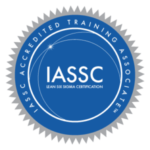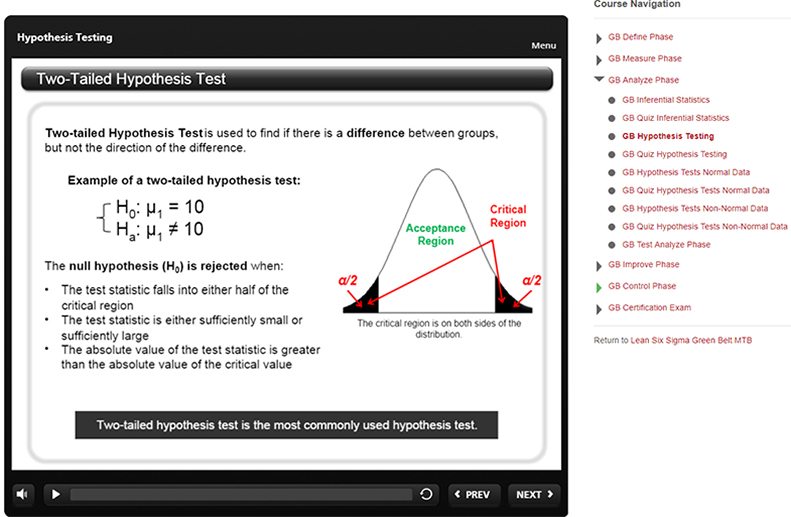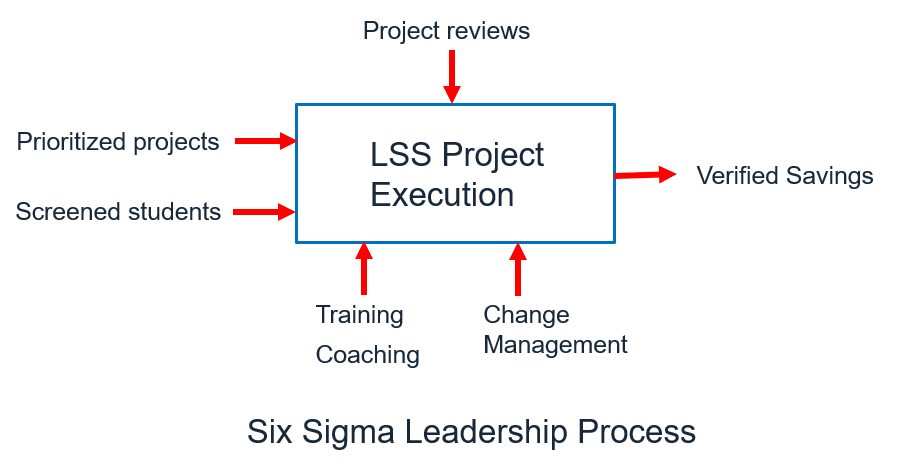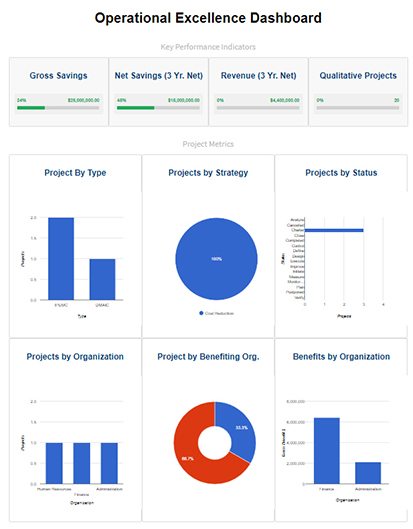Our training materials are complete packages for Lean Six Sigma training covering the full spectrum of the Six Sigma D.M.A.I.C. methodology. We provide Black Belt, Green Belt, and Yellow Belt curricula. Each curriculum has been reviewed and accredited by the Council for Six Sigma Certifications to meet the standards met by all other reputable Six Sigma training providers. Our content aligns with both the International Association of Six Sigma Certification (IASSC) and the American Society of Quality (ASQ) bodies of knowledge making it perfect for test or exam preparation.
More importantly, by building on standard bodies of knowledge, students will get the training needed to complete projects and solve problems critical to the needs of any business or organization.
Our Lean Six Sigma training material products also include data files that match every data analysis example shown throughout the curriculum. These data files enable you to follow every step by step example contained within the curriculum. Additionally, these packages also include our Tools & Templates file containing various Six Sigma templates. You’ll find these tools useful for projects and other uses. Templates provided are contained in the zip file.
Our training materials are available in two different software versions that reflect the latest statistical software references using Minitab 18 or JMP 13. So choose one of two versions, each using a different statistical software package to generate the examples displayed throughout the curriculum.
Our training material will provide an outstanding reference manual for both learning and maintaining the Lean Six Sigma methodology and skill set. Students will learn how to complete improvement projects critical to your business’ success and impact the bottom line. If you value certification, this training material is perfect for exam preparation or coaching others to pass their exam. A completed project reviewed and approved by a Master Black Belt is required for Black Belt and Green Belt certification. If you want to become a Six Sigma Black Belt, Green Belt, or Yellow belt, these training packages provide everything you need to begin your career-advancing journey.











